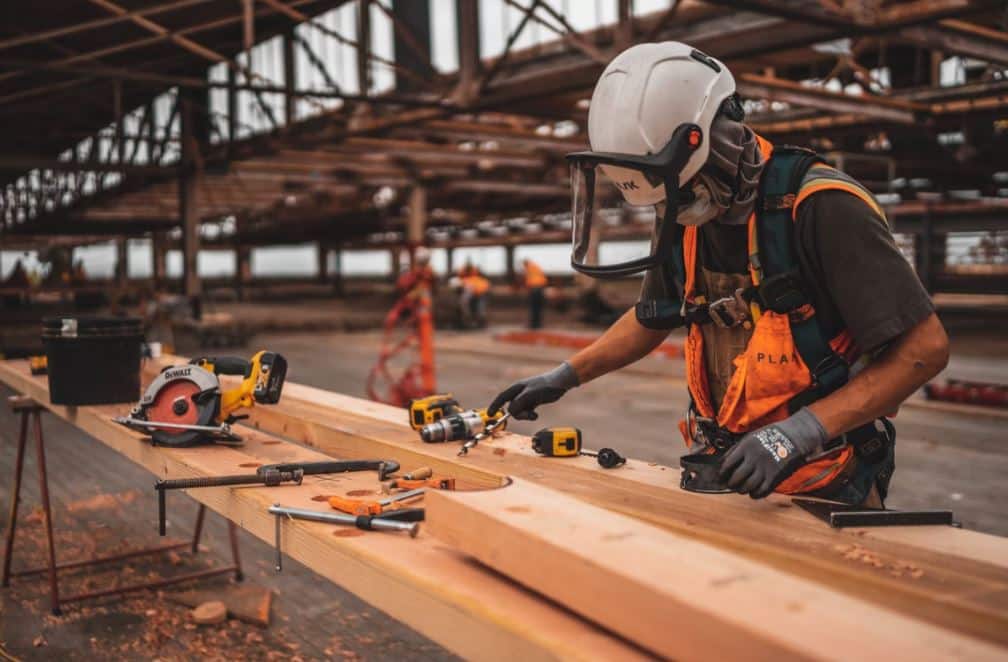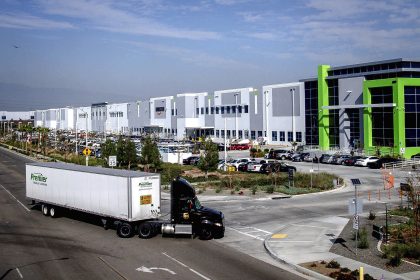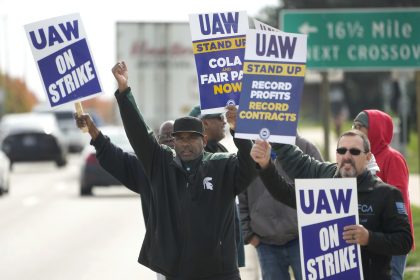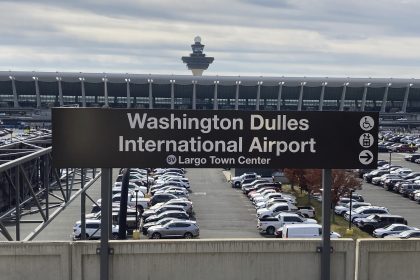IIJA Implementation Making Way for Upskilling, Union Apprenticeships

WASHINGTON — Jobs reports are looking strong. But today’s workers seem to be looking for fulfilling long-term careers, not just short-term jobs. With the nation’s infrastructure needs also taking center stage, a surge in federal resources from the Infrastructure Investment and Jobs Act is set to offer momentum around climate careers, including a variety of positions that pay higher wages but that also require new skills.
The White House claims the act not only offers a historic investment in priorities like roads, bridges, rail, the electric grid, water and environmental remediation, but that it could create 2 million jobs per year over the course of a decade.
The IIJA is “an opportunity to rethink … careers,” according to SeonAh Kendall, senior economic manager to the city of Fort Collins, Colorado, at a discussion about implementing the act held by the Brookings Institution. “[IIJA is] an opportunity in terms of economic development and workforce development.”
While excitement is growing around careers and talent development in skilled trades and climate-related needs, however, there remains some confusion about what these careers really could entail, and who would actually be able to take advantage of them.
Green jobs are often overemphasized in a narrow range of activities, according to Joseph W. Kane, a Brookings Metro fellow. While construction, maintenance and design are usually the most highlighted — and indeed appear to have the most attention and funding in IIJA, according to Betony Jones, senior advisor for Workforce at the U.S. Department of Energy — Kane stressed that, “You don’t have to wear a hardhat to pursue a climate career.”
A four-year degree isn’t a requirement either. But while the nation focuses on transitional training and talent development needs, union work appears to be anchoring government attention.
“We’re very focused on supporting the president’s priorities around both expanding union jobs and removing barriers to good jobs for those long excluded from quality careers and employment,” Jones said.
Within IIJA, DOE has 72 provisions, according to Jones, most of which are for new programs to support implementation, “and we’re really looking within each of those provisions [to see] what is the workforce need and how can we support that.”
Employers, for their part, are increasingly relying on new certifications, as well as re-skilling, up-skilling and new-skilling in their own training to help ensure that IIJA’s opportunities are available to all people as well as to try to attract workers in areas of scarce talent.
DOE is looking to use apprenticeship, local hire provisions and other ways to support the underrepresented workforce in IIJA work projects.
“Union apprenticeship is a really elegant model for making sure that we can supply the labor market with skilled and trained workers,” she added, offering that DOE is “working with [the Department of Labor] to expand and recognize modern apprenticeships in occupations necessary for clean energy deployment,” as well as supporting broad training with industry-recognized credentials and other quality pre-apprenticeship partnerships.
Kate can be reached at [email protected]
























